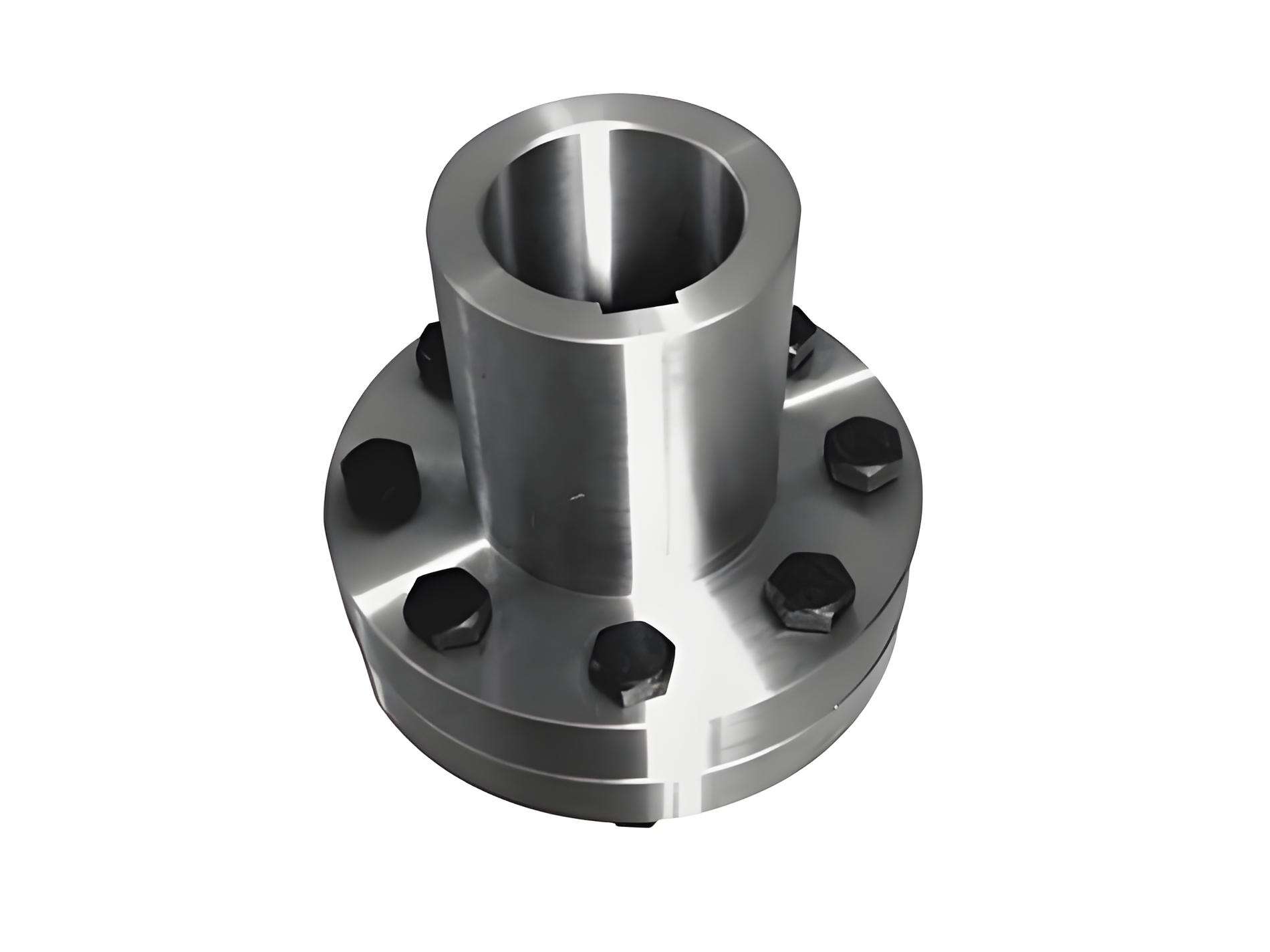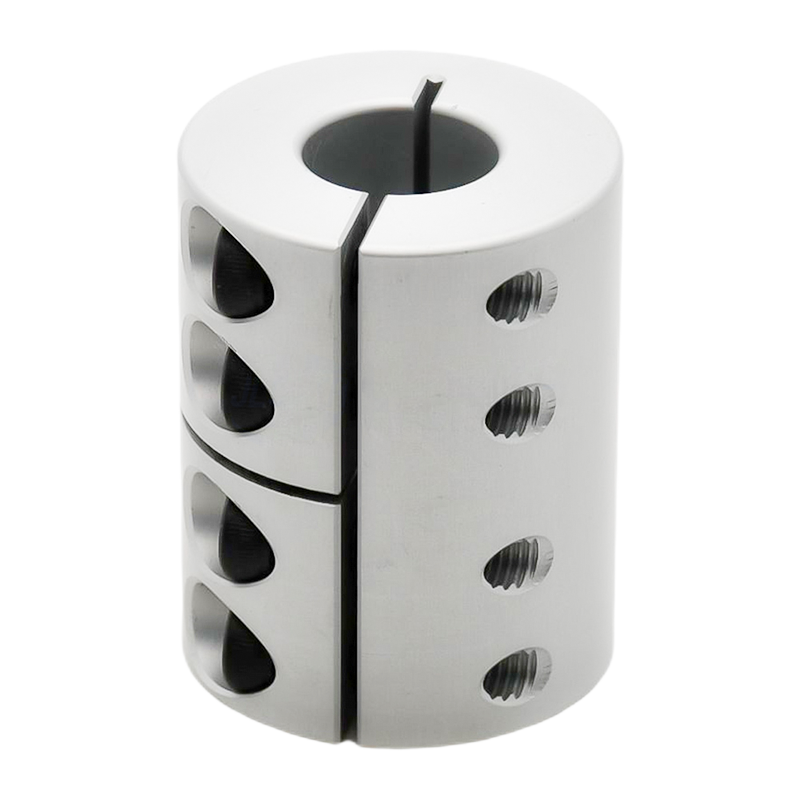Essential Features That Define Quality Rigid Couplings
Selecting the right rigid coupling is crucial for ensuring optimal power transmission and equipment performance in mechanical systems. These vital components serve as the connection points between shafts, making their proper selection a critical decision that can impact the entire operation. Understanding the key features and considerations will help engineers and maintenance professionals make informed decisions when purchasing rigid couplings for their applications.
The importance of rigid couplings in industrial machinery cannot be overstated. They provide precise shaft alignment, minimize vibration, and ensure efficient power transfer between connected components. A well-chosen rigid coupling can significantly extend equipment life, reduce maintenance costs, and improve overall system reliability.
Material Construction and Durability
High-Performance Materials
The material composition of a rigid coupling plays a fundamental role in its performance and longevity. Premium rigid couplings are typically manufactured using high-grade steel alloys, offering superior strength and durability. These materials ensure the coupling can withstand high torque loads while maintaining dimensional stability under varying operating conditions.
Advanced manufacturing processes, such as precision machining and heat treatment, further enhance the material properties of rigid couplings. This results in improved wear resistance, better fatigue strength, and extended service life.
Corrosion Resistance
Environmental factors can significantly impact the performance of rigid couplings. Selecting couplings with appropriate surface treatments or inherent corrosion resistance is essential for applications exposed to harsh conditions. Options include stainless steel construction, protective coatings, or specialized surface treatments that prevent oxidation and chemical degradation.
Consider the specific environmental challenges your application faces, such as exposure to chemicals, moisture, or extreme temperatures, when evaluating the material specifications of rigid couplings.

Design and Dimensional Specifications
Bore Size and Tolerances
Precise dimensional specifications are critical when selecting rigid couplings. The bore size must exactly match the shaft dimensions, with appropriate tolerances to ensure proper fit and alignment. Manufacturing tolerances should be carefully evaluated to prevent issues with installation and operation.
Consider both the nominal bore size and the allowable tolerance range when specifying rigid couplings. This attention to detail helps prevent problems such as excessive runout, vibration, or premature wear.
Torque Capacity
The torque transmission capability of a rigid coupling must meet or exceed the requirements of your application. This includes consideration of both normal operating torque and peak loads during startup or unusual conditions. Engineers should carefully evaluate the torque specifications and include an appropriate safety factor in their calculations.
Understanding the relationship between coupling size, material strength, and torque capacity helps ensure reliable performance under all operating conditions.
Installation and Maintenance Features
Mounting Methods
The ease of installation and removal significantly impacts maintenance efficiency and downtime. Modern rigid couplings offer various mounting options, including keyed connections, interference fits, or locking mechanisms. Each method has its advantages and considerations regarding installation time, tool requirements, and reliability.
Consider the accessibility of the installation location and the frequency of maintenance when evaluating mounting options. Some applications may benefit from quick-disconnect features, while others prioritize maximum holding power.
Alignment Requirements
Proper alignment is crucial for the successful operation of rigid couplings. Consider the alignment tolerance specifications and available adjustment features when selecting a coupling. Some designs incorporate features that facilitate precise alignment during installation, reducing the time and effort required for setup.
The coupling's design should allow for accurate measurement of alignment parameters and provide sufficient adjustment capability to achieve and maintain proper alignment throughout its service life.
Performance Characteristics
Speed Ratings
Operating speed capabilities are a critical consideration when selecting rigid couplings. The maximum allowable speed depends on factors such as coupling size, balance quality, and application requirements. Verify that the coupling's speed rating exceeds your application's requirements with an appropriate margin of safety.
Consider the impact of speed-related factors such as centrifugal forces, balance requirements, and dynamic loads when evaluating coupling performance specifications.
Balancing and Vibration
Minimizing vibration is essential for optimal system performance. High-quality rigid couplings are precision-balanced to ensure smooth operation at all speeds. The balance grade should be appropriate for the application's speed range and precision requirements.
Consider the system's sensitivity to vibration and the potential impact on connected equipment when specifying balance requirements for rigid couplings.
Frequently Asked Questions
How do I determine the correct size for a rigid coupling?
To determine the correct rigid coupling size, consider factors such as shaft diameter, torque requirements, operating speed, and environmental conditions. Calculate the maximum torque including appropriate service factors, and select a coupling with suitable bore sizes and torque capacity. Consult manufacturer specifications and engineering support for detailed sizing guidance.
What are the advantages of rigid couplings compared to flexible couplings?
Rigid couplings offer superior precision in shaft alignment, zero backlash, and maximum torque transmission efficiency. They are ideal for applications requiring precise positioning and high-speed operation. However, they require more precise alignment during installation and cannot accommodate misalignment like flexible couplings.
How often should rigid couplings be inspected and maintained?
Regular inspection intervals depend on the application's operating conditions and criticality. Generally, visual inspections should be performed monthly, with detailed inspections including alignment checks conducted annually or per manufacturer recommendations. High-speed or critical applications may require more frequent monitoring.

